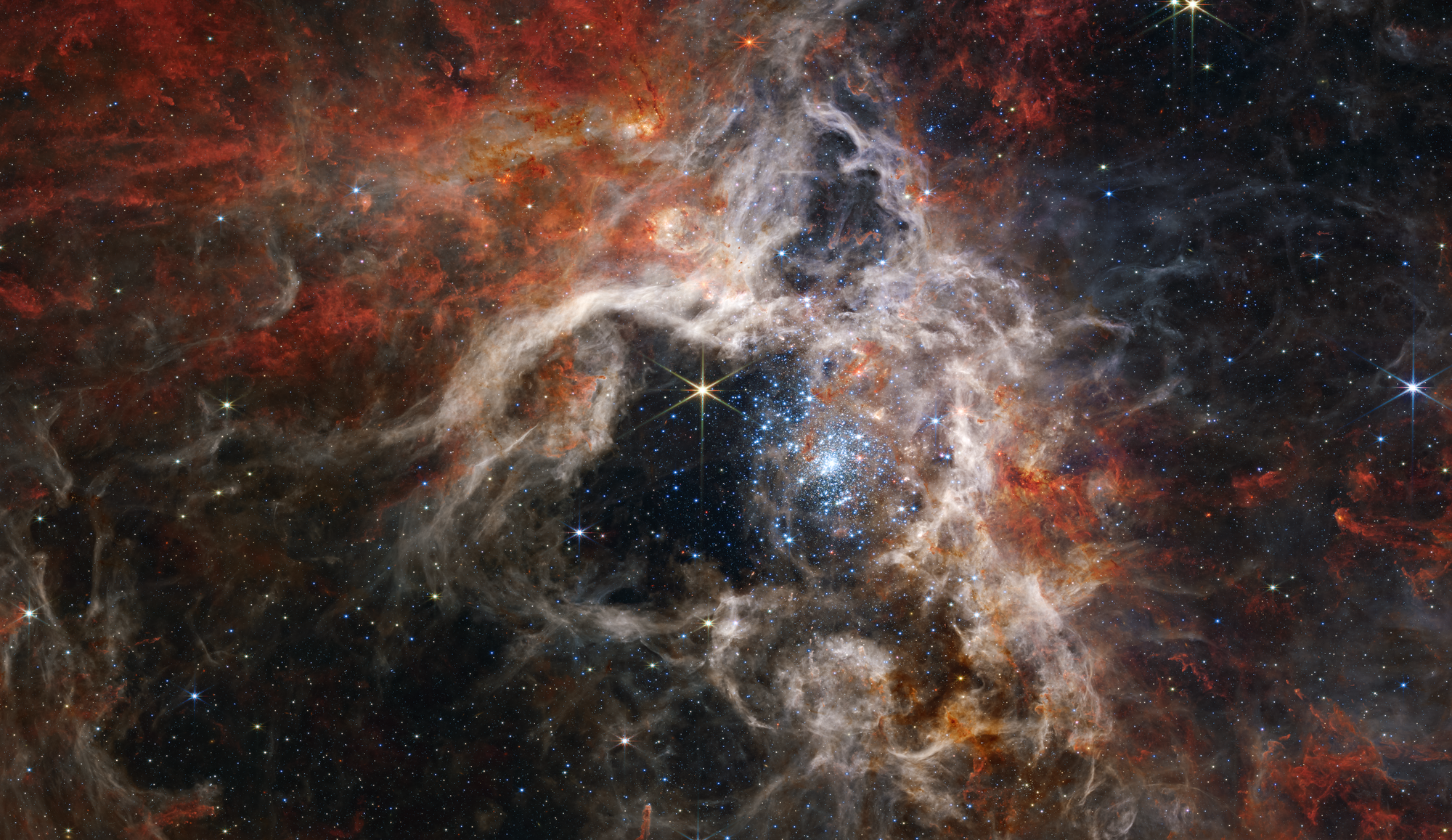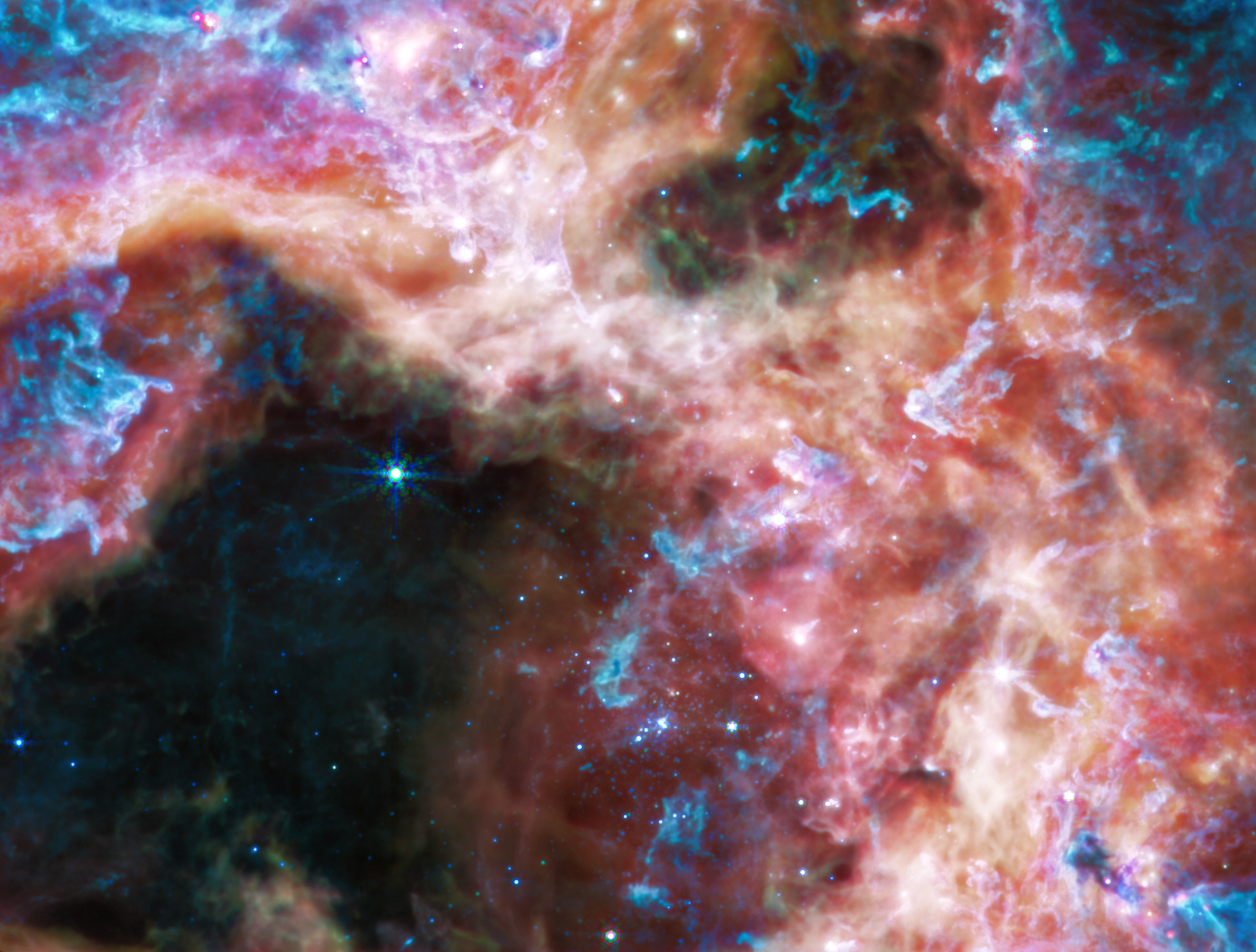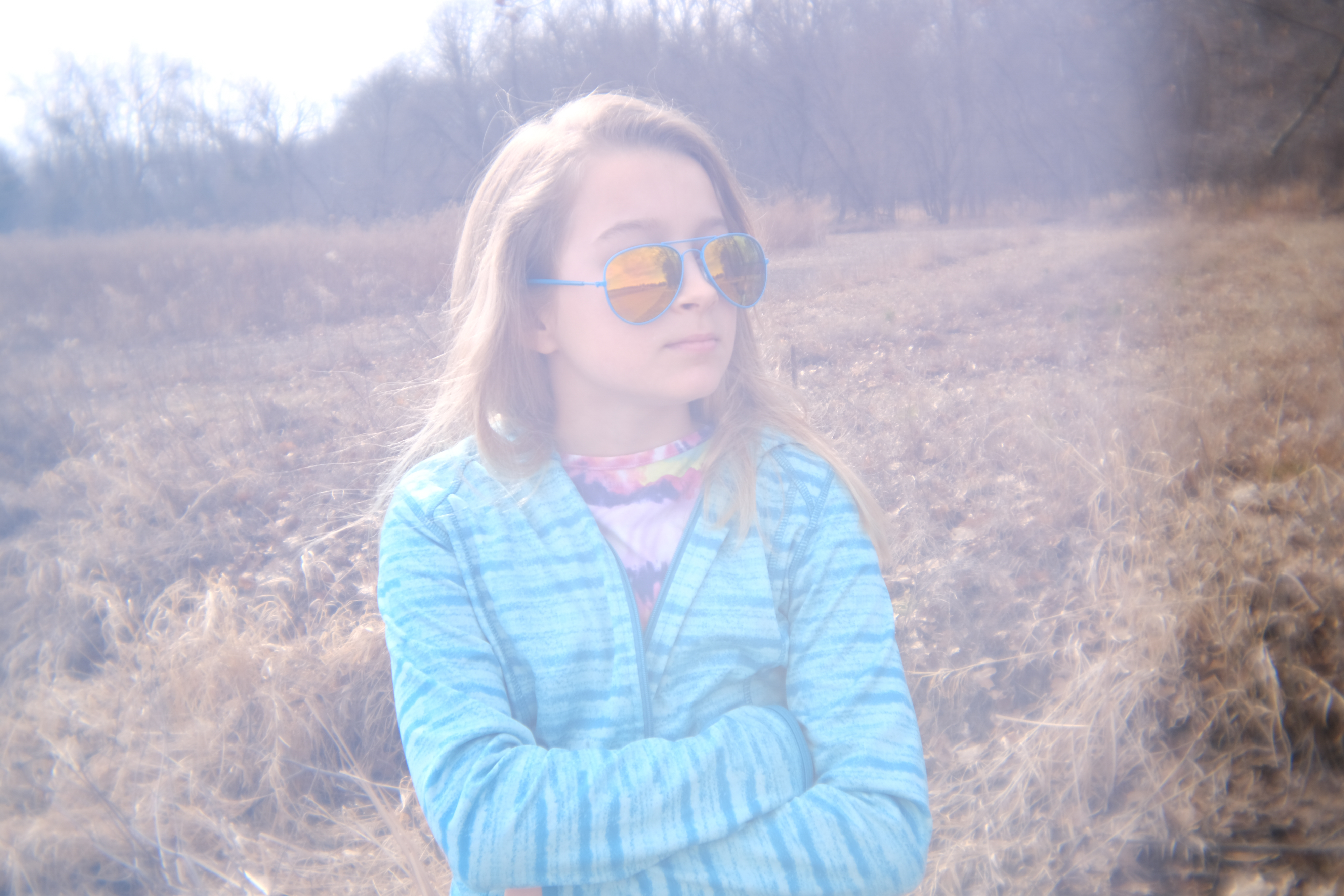NASA captures a Cosmic Tarantula with James Webb Space Telescope
The James Webb Space Telescope has captured a Webb-tastic image of the beautiful Tarantula Nebula

If you have a disliking or phobia of spiders, then you can rest assured and keep reading, as the image below only shows stars in the formation of the beautiful Tarantula Nebula - and not a real space spider. Do space bugs even exist?
The James Webb Space Telescope has captured yet another stunning image, this time of a star-forming region known as the Tarantula Nebula, featuring tens of thousands of previously unseen young stars that were shrouded in cosmic dust.
• Check out the phenomenal: Pillars of Creation image captured by the James Webb Space Telescope
Released by NASA in September, we're not sure how we didn't stumble across this magnificent image before, but we're delighted to be sharing it with you now. Having been captured by the James Webb Space Telescope (JWST)'s Near-Infrared Camera (NIRCam) this image displays a stellar nursery called 30 Doradus, nicknamed the Tarantula Nebula for the arachnid appearance of its dusty filaments.
The Tarantula Nebula is a star-forming region, depicted in this latest image in a whole new light with young stars appearing to sparkle in a pretty pale blue color. Situated 161,000 light-years away in the Large Magellanic Cloud galaxy, the Tarantula Nebula as reported by NASA is the largest and brightest star-forming region in the Local Group, formed of galaxies that are nearest to our Milky Way.
The mosaic image below stretches 340 light-years across, and depicts scattered still-embedded stars that appear red, and are yet to emerge from the nebula's cocoon. Dust-enshrouded stars are able to be detected thanks to Webb’s Near-Infrared Camera (NIRCam)'s high resolution at near-infrared wavelengths.

Astronomers focused three of Webb’s high-resolution infrared instruments on the Tarantula Nebula for observation, including Webb’s NIRCam, as well as the Mid-infrared Instrument (MIRI), and the JWST's Near-Infrared Spectrograph (NIRSpec) which caught one very young star beginning to emerge from its pillar cocoon, and then maintaining an insulating cloud of dust around itself, eventually reshaping the foundations of the nebula.
Get the Digital Camera World Newsletter
The best camera deals, reviews, product advice, and unmissable photography news, direct to your inbox!
The Tarantula Nebula star region looks a little different when viewed in longer infrared wavelengths through Webb’s MIRI instrument, with faded hot stars, cooler gas, and what NASA calls a "dust glow". The nebula’s cavity which is centered in the NIRCam image (above) has been hollowed out by radiation blistering from a cluster of massive young stars, the pale blue formation that can be seen.
Astronomers are said to have taken a closer look at this star region using two of the JWST’s spectrographs, to also determine the chemical makeup of the star and its surrounding gas. NASA says that this spectral information can be used to help astronomers establish the age of the nebula and the number of star births it has seen to the nearest generation.

If you want to keep up with the latest image releases, head to the James Webb Space Telescope gallery, where you can see all of Webb's first images and learn more about what they depict. NASA will be launching new images at least every other week.
You may also be interested in NASA's asteroid-smashing mission, as well as the first EVER image of a planet outside the solar system.
Take a look at our guides to the best telescopes for astrophotography, and the best deep-space telescopes, and don't forget the best lenses for astrophotography.

Beth kicked off her journalistic career as a staff writer here at Digital Camera World, but has since moved over to our sister site Creative Bloq, where she covers all things tech, gaming, photography, and 3D printing. With a degree in Music Journalism and a Master's degree in Photography, Beth knows a thing or two about cameras – and you'll most likely find her photographing local gigs under the alias Bethshootsbands. She also dabbles in cosplay photography, bringing comic book fantasies to life, and uses a Canon 5DS and Sony A7III as her go-to setup.
